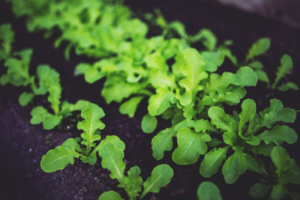An ecosystem is a combination of the interactions between members of biotic communities and the non-living environment. Environment determines which organisms can live where and how many. An example is the earthworms, which live in the soil. Worms have delicate, moistened skin. If they are exposed to the sun or wind above the ground for too long, they will die. Soil is an example of terrestrial habitat. Frogs spend a lot of their lives in a pond. A pond, which is a freshwater habitat, is an example aquatic habitat.
Characteristics of an Ecosystem
Each habitat is unique in its environment. These factors include moisture, temperature, sunlight, salt content, and soil type. These factors affect the ability of animals and plants to live in these environments. This means that living things are affected or prevented from living by non-living factors. Different ecosystems have different characteristics. These include the energy flow through a tropical structure, continuous energy input, pathways of energy, and population interaction within an ecosystem.
The Energy Source of an Ecosystem
 Sunlight is the main source of energy in the living world. This energy is captured by green plants and stored in the form of chemical energy. The nutrients and chemical substances that make up food are used as energy sources and building materials. These substances can be passed from one organism to the next in a food chain. A food chain is a way for chemical energy to be transferred from one organism to another. A food chain can be described as both a food source and an energy path.
Sunlight is the main source of energy in the living world. This energy is captured by green plants and stored in the form of chemical energy. The nutrients and chemical substances that make up food are used as energy sources and building materials. These substances can be passed from one organism to the next in a food chain. A food chain is a way for chemical energy to be transferred from one organism to another. A food chain can be described as both a food source and an energy path.
Energy is lost from one trophic level of the biosphere to another. This means that less energy is available for higher-order consumers. The biosphere’s energy transfer can be expressed in the form of energy. See the first image. The first trophic level has more energy, the second, the third, and fourth levels have less.
Bottom Line
You will notice that each habitat on land and water has smaller habitat units where interaction is smaller. A micro-ecosystem is characterized by such interactions on a small scale. A micro-ecosystem could be characterized by hay fusion in the laboratory, a fallen tree on the forest floor, rotting fruits at market stalls, or soil that supports different types of organisms.

